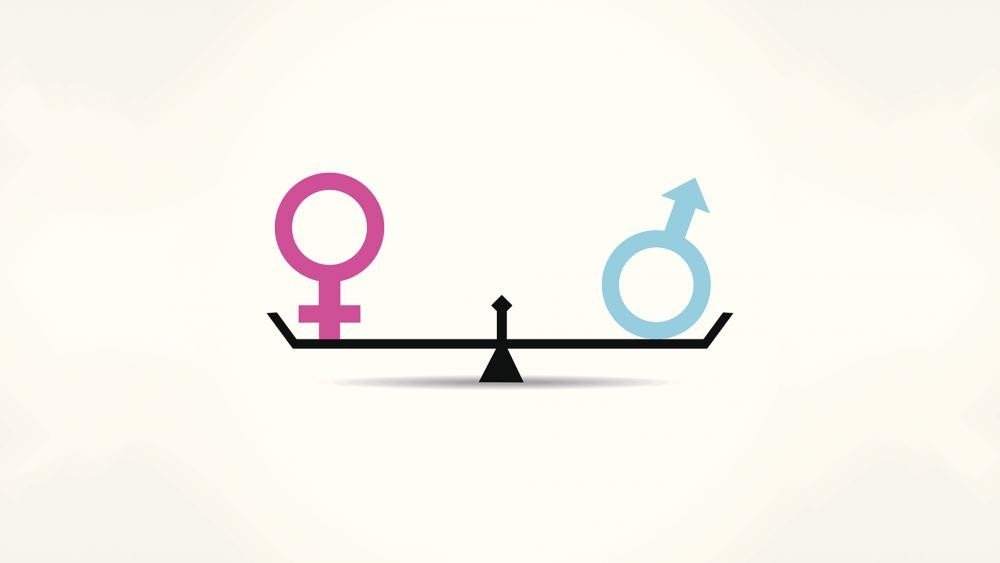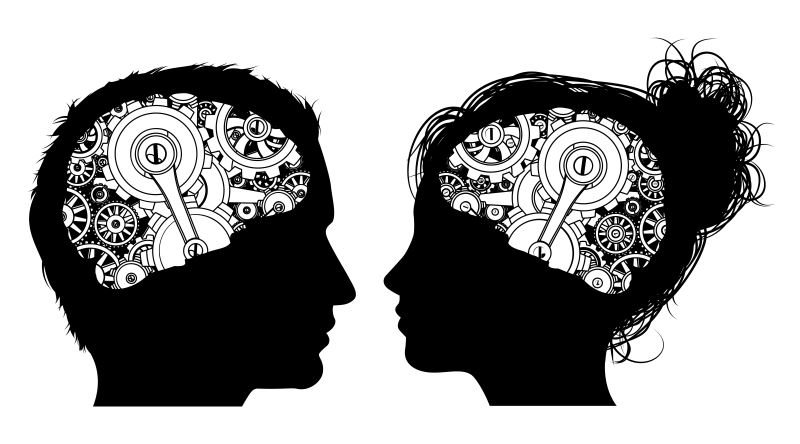Are Men and Women Truly Equal? A Critical Examination
The question of whether men and women are truly equal has been a subject of debate for centuries, spanning political, social, and philosophical domains. While the idea of gender equality has gained substantial recognition in modern societies, the reality of its implementation remains complex and, at times, contradictory. This article critically examines the concept of gender equality by analyzing biological, psychological, social, and economic factors. It also addresses common arguments for and against the idea that men and women are fundamentally equal.

Understanding Equality: Definition and Scope
Equality does not necessarily mean that two entities are identical in all aspects. Instead, it implies fairness in treatment, opportunities, and access to resources. The debate surrounding gender equality often becomes convoluted due to varying interpretations of what equality should look like in practice. Some argue for absolute equality, meaning no differentiation between genders, while others advocate for equity, which acknowledges differences and seeks to balance disparities through corrective measures.
Biological and Psychological Differences
From a biological standpoint, men and women exhibit significant differences in physical attributes, hormonal composition, and reproductive roles. These differences influence various aspects of life, including physical endurance, muscle mass, and susceptibility to certain diseases. Neuroscientific research also suggests variations in brain structure and function, which contribute to differences in cognitive abilities, emotional processing, and risk-taking behavior.

For instance, studies indicate that men generally excel in spatial reasoning and physical strength, while women tend to have stronger verbal skills and emotional intelligence. These differences do not imply superiority of one gender over another but rather demonstrate distinct strengths that have evolved due to historical survival needs. The challenge lies in recognizing these differences without allowing them to justify discrimination or inequality.
Social and Cultural Constructs
Gender roles have been shaped by centuries of cultural, religious, and societal influences. Traditionally, men were assigned roles that required physical strength and leadership, while women were expected to focus on child-rearing and domestic responsibilities. Although these roles have evolved significantly, remnants of traditional gender expectations persist in many societies.

One of the primary obstacles to achieving gender equality is the social conditioning that reinforces stereotypes. From childhood, boys and girls are often encouraged to pursue different interests, careers, and behaviors, which in turn influences their adult choices and opportunities. While modern education systems aim to promote equal opportunities, ingrained biases still exist, subtly influencing hiring decisions, wage gaps, and leadership representation.
Economic and Workplace Disparities
One of the most discussed aspects of gender equality is the economic disparity between men and women. The gender pay gap remains a contentious issue, with women often earning less than their male counterparts for the same work. Critics argue that the gap is a result of personal choices, such as career breaks for motherhood or preference for less demanding jobs. However, studies suggest that even when controlling for such factors, a gap still exists, pointing to systemic biases.
Moreover, leadership positions remain disproportionately occupied by men. Women often face barriers such as the “glass ceiling” where they are prevented from advancing beyond a certain level in their careers due to discriminatory practices. Workplace policies, maternity leave structures, and unconscious biases contribute to this imbalance, making it difficult for women to compete on an equal footing.
Legal and Political Representation
Legally, many countries have established frameworks to promote gender equality through anti-discrimination laws, affirmative action, and policies that support work-life balance. However, legal equality does not always translate into practical equality. Women remain underrepresented in politics, with fewer female lawmakers, executives, and decision-makers in positions of power.
While some argue that meritocracy should dictate leadership roles, others contend that historical and social disadvantages necessitate proactive measures to ensure fair representation. The presence of women in leadership is crucial not only for symbolic representation but also for the diverse perspectives they bring to policymaking.

Addressing Common Arguments Against Gender Equality
“Men and women have different strengths, so they cannot be equal.”
While men and women may have different natural abilities, equality does not mean uniformity. The goal is to ensure that these differences do not translate into disadvantages or restrictions for either gender.
“Women are given more privileges than men today.”
Some argue that affirmative action and policies favoring women create an imbalance rather than rectifying inequality. However, these measures aim to correct systemic disadvantages rather than provide unfair advantages.
“Men face discrimination too.”
It is true that men experience societal pressures and biases, particularly in areas such as family law, mental health, and workplace expectations. Gender equality should not be about favoring one gender over the other but about ensuring fairness for all.
Bridging Differences: The Path to True Equality
The pursuit of gender equality is not about erasing differences but about creating a society where these differences do not result in discrimination or limitation. While significant progress has been made, challenges remain in economic, social, and political spheres. True gender equality requires a continuous effort to challenge stereotypes, reform policies, and promote a culture of mutual respect and fairness. Only then can society move closer to genuine equality, where individuals are judged by their abilities rather than their gender.





